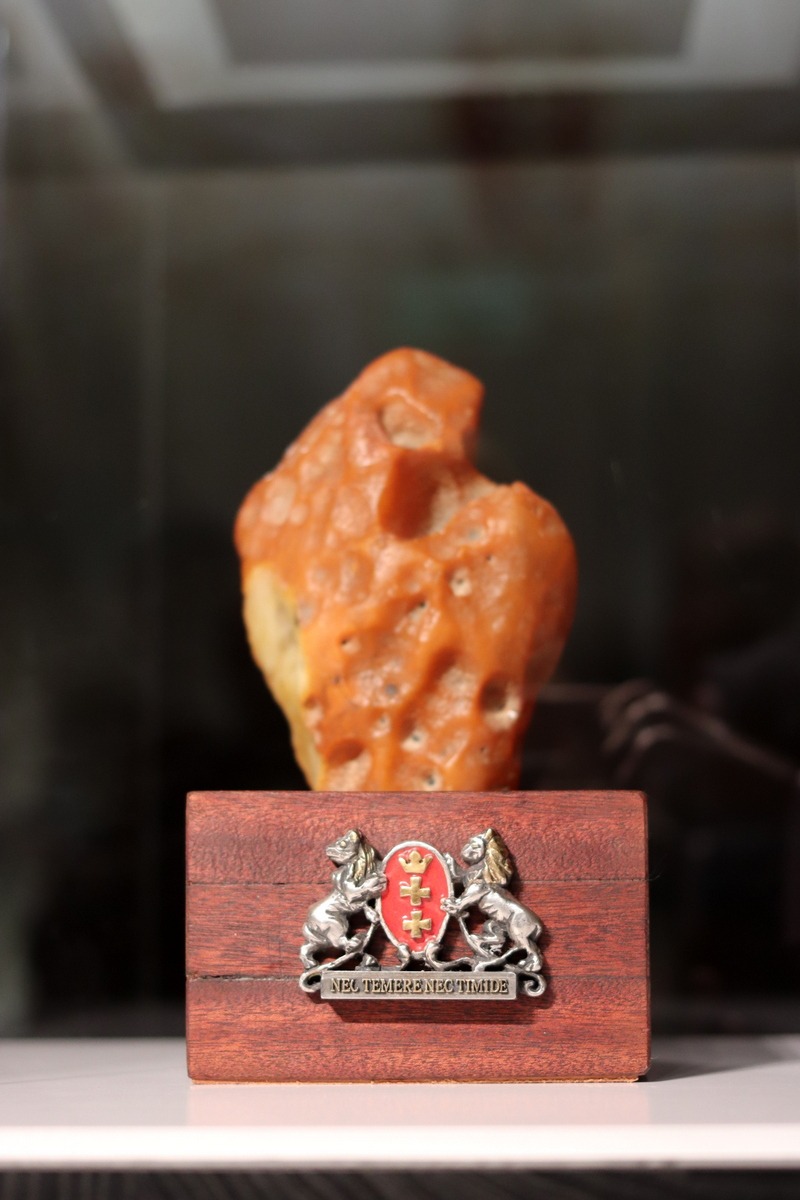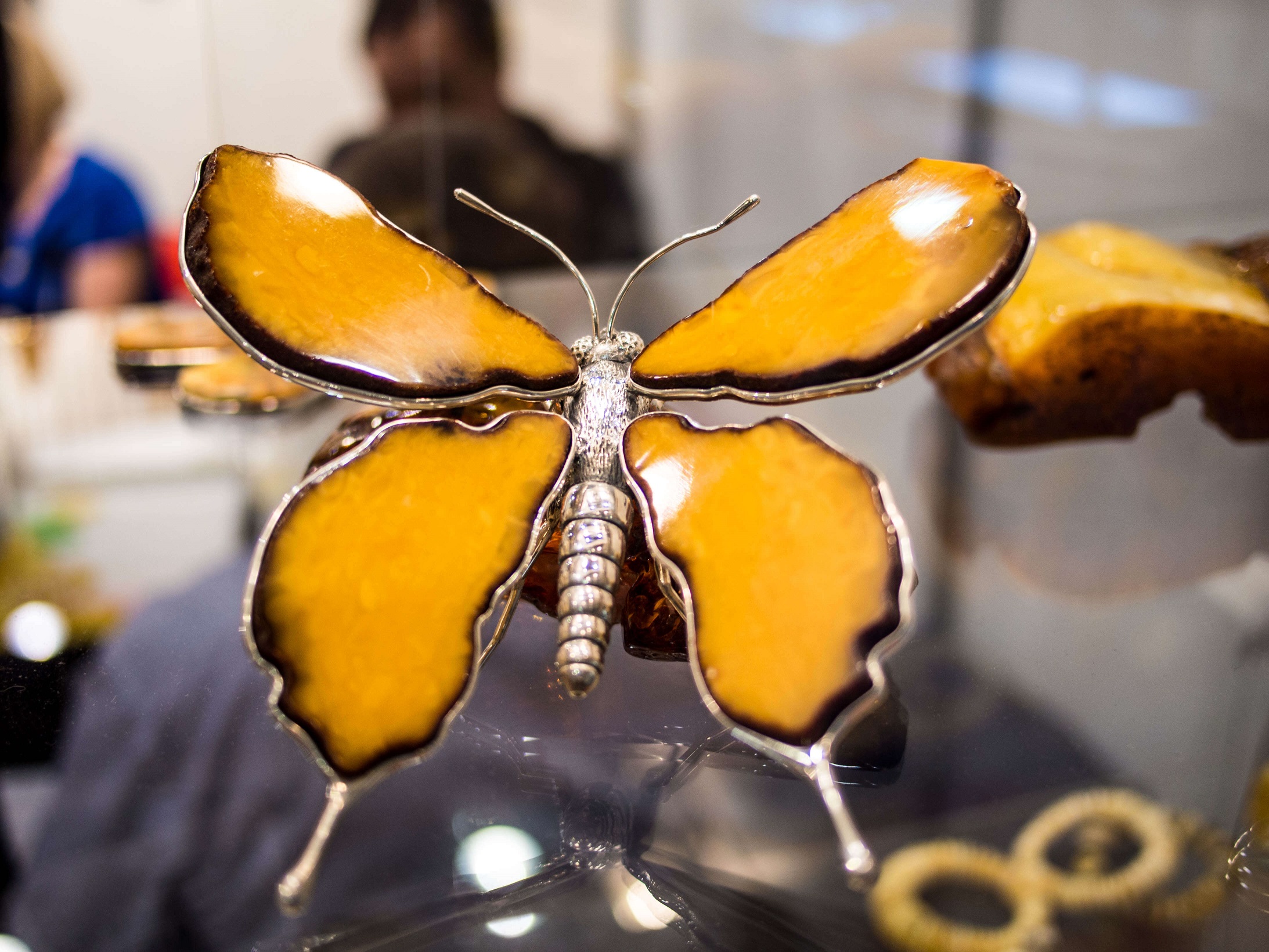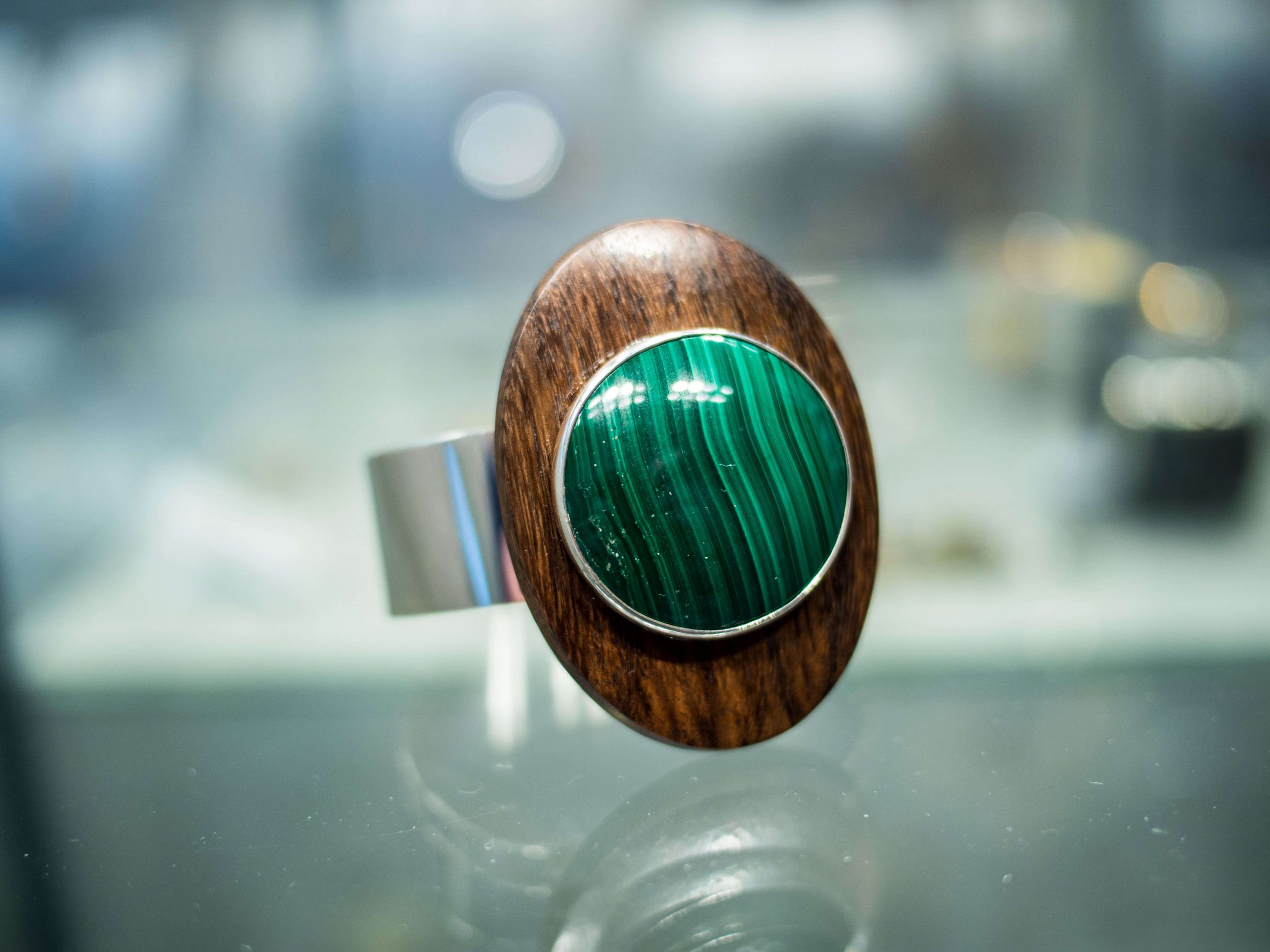Ancient Greeks called it Elektronos, Romans Succinum. The lovers of amber believe that it proves the existence of God. Who else would be able to create such perfect, incredible and diverse beauty? The attempt to reconcile Genesis with palaeontology shows that God must have started the creation of amber at the beginning of the sixth day, long before a human being was placed on the Earth.
The most beautiful and, at the same time, the closest to the truth, Greek legend describing the origins of the sunny stone tells the story about Phaeton, the son of the god of the sun, who took his father’s golden chariot and started a careless ride throughout the sky, risking to burn the Earth. Struck down by Zeus with lighting, he fell into the waves of the mythical Eridanos river. The Heliad sisters mourning for him were transformed into trees growing along the banks, and their tears falling into the river, turned into amber.
If we have ever happened to stroll along the Baltic beach, we surely remember the crumbs in the sand glittering with golden glow. Scattered randomly, they are solely the trace of the waves washing ashore.
On the other hand, if we managed to take a look at Europe from the perspective of a satellite hung above it, using a magical telescope which helps us to detect amber, or simply to map the location of the most important amber objects, it would turn out that we deal with the traces of an incredibility complex spatiotemporal structure penetrating the history of our continent.
Seldom do we realize that the Baltic amber, which is commonly known as beautiful and precious stone and repository of knowledge about the nature, is also an important factor of the European integration. Since the Stone Age, amber has stimulated the processes of cross-cultural communication. Beautiful, and also magical and with medicinal properties, the Gold of the North was the only reason why the expeditions of the ancient Romans, Celts, Greeks, Etruscans, as well as Vikings, despite the hardships and hazards, reached the shores of Mare Balticum. Along the paths of such expeditions, which are nowadays called the Amber Routes, settlements were built, trade thrived, money, weapon, various objects, stories, songs were left behind. The network of amber routes embraced Europe with endless threads of connections, ever-alive, within the ages of history of downturns and upturns.
Prehistoric and ancient amber ornaments and amulets are found throughout the entire continent, from the royal tombs in Mycenae, to Stonehenge, from Neolithic workshops at the Baltic Sea, to Roman centre of amber crafts in Aquileia. In the culture of the Middle Ages, dominated by the Christianity, the powerful international Order of The Brothers of the Germany House of St. Mary’s Hospital in Jerusalem became the monopolist, at the same time, the creator of a new network of amber communication. The Teutonic Knights, who we are talking about here, provided the raw material from the Baltic Sea area to highly specialized guilds of paternostermachern (rosaries makers), and then they distributed the amber devotional articles among churches, monasteries, palaces and castles throughout Europe.

The height of the development of amber artistic craft and further development of amber-stimulated contacts dated between 16th and 18th century. The amazing luxury items – altars, caskets, cabinets, scriptoria, figures, decorative crockery, etc., which originate from the workshops of the masters of those times from Gdańsk and Konigsberg, became the treasures of the kunstkammer collections, adornment of royal courts, aristocratic residences and churches. The biggest in history, achievement of amber craftsmen, oscillating at the border of purely baroque nonsense and kitsch, the famous Amber Room, commissioned by Frederick I king of Prussia, constitutes a kind of crowning of the amber glory of those times. Given later on the Peter the Great , it met the needs of the Russian tsar to posses anything that the biggest and the greatest. Amber in those times was therefore discussed within the elegant spheres, its beauty and medicinal properties (which were recognized also by Copernicus), and mysterious powers of attraction were admired, and the king of Poland, Zygmunt III Waza made amber pieces himself.
Live-giving breath of the Renaissance led to yet another, unexpected role of amber in commencement of one of the most significant revolutions in the history of human civilization.
In 1600, an English scholar, a court doctor of Elisabeth I – William Gilbert, referring to the Greek, name electronos, in his famous treaty De Magnete, Magnetisque Corporibus (…) differentiated magnetism from the amber effect and, therefore, identified the phenomenon of electricity defining it as Vis Electrica (Electric Power). One hundred years laters, Charles Francois de Cisterney du Fay described “glass and amber electricity”.
That was the beginning….
Today, in the era of electronics, informatics, molecular biology, genetics and quantum physics, we do not remember that the acceleration of development of science and technology, unheard of ever before, as well as the speed of changes in culture and art, was initiated inter alia due to exploration of one of the mysteries of amber.
At outstanding Polish archaeologist, Ryszard Mazurowski, discovered in Żuławy near Gdańsk an amber eldorado- the centre of amber workshops, which had operated over four thousand years ago. At that time, it was the most important hub of the amber routes.
Since the late 20th century, the International Fair of Amber in Gdańsk – Amberif, created in almost the same place, has played the analogous role. Every year the fair halls are halls are full of languages of traders, collectors, scholars and artists not only from the entire Europe, but from the entire world. Travels along the contemporaneous amber routes, marked by airways and motorways, take now hours, and not months as it used to be in the ancient times. However, their purpose has remained the same – to obtain the legendary Gold of the North. They also bear an analogical effect. “Amber generated” exchange and integration within the areas of culture, art, science, economy is still present.
Therefore, when looking at a piece of Baltic amber, we should remember that the unification of Europe, which was possible due to complicated economic and cultural relations established throughout centuries, which unified the European nations, is owned to certain extent to the properties and history of that sunny stone.
The text is available courtesy of Poczta Polska S.A. In cooperation with International Amber Association which is celebrating its 25th anniversary this year.


































